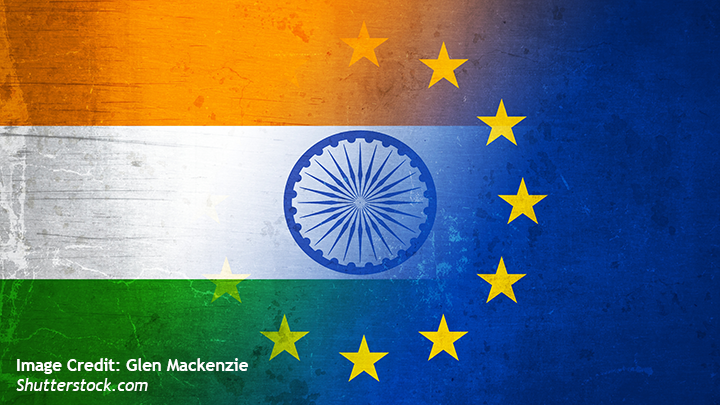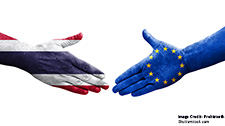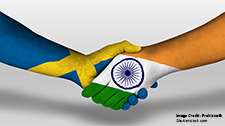The prospects of critical and emerging technology cooperation between India and the EU

Jagannath P. Panda
US-China strategic competition is the predominant challenge of this era and although it has fueled unprecedented tensions, it has also compelled the other regional and global major and middle powers to take on a larger role in shaping global governance architecture. Democratic actors like India, Japan, Australia, France, Germany, the Netherlands, the European Union (EU) and the Association of Southeast Asian Nations (ASEAN) have become central partners in minimizing the repercussions of the US-China bipolar contest and spearheading an inclusive order in the Indo-Pacific.
Notably, the fast-evolving political landscape not only mirrors the accelerating changes in new technologies but is also driven by this profound digital shift. For example, despite its economic and developmental gains, digitalization has allowed rogue state and non-state actors to exploit digital vulnerabilities inherent in a hyper-connected system.
In the post-COVID era, no country has stood out more than India: As a pharmaceutical hub, it has mass-produced and provided vaccines to less developed countries despite its own huge demographical needs. Its resurgent (geared to strategic autonomy) multi-alignment diplomatic policy has been aimed at securing its national interests over appearances, while (finally) espousing a fierce anti-war and pro-dialogue rhetoric. And as one of the fastest-growing economies and an established technological powerhouse, India has managed to continue its steady strides. Notably, during 2015-2022, India has moved up from rank 81 to 40 in the Global Innovation Index; and remains the world’s leading exporter of information and communication technology (ICT) services.
Consequently, as India completes 75 years of independence and stands at the cusp of a major geopolitical, geo-economic and technological transformation, strengthening technological ties with like-minded partners is paramount. Of particular significance are the still-emerging dynamics with the EU and its member states. This chapter explores the prospects of critical and emerging technology cooperation between India and the EU and, in particular, the EU member state of the Netherlands, given the current nascent, but potentially dynamic and robust, growth trajectory between them.
Read this Chapter by Jagannath Panda at the Clingendael.
Related Publications
-
Trade, Connectivity and Supply Chains in EU-India Relations
In the decade and a half since 2007 when the EU and India first started their FTA negotiations, the world economic order has undergone a sea change. During that period, […]
-
ISDP Annual Report 2023
ISDP’s Annual Report for the year 2023. We look back on 2023, a year in which tensions and conflicts captured the strategic space in ISDP’s focus areas, making headlines around […]
-
EU-Thailand FTA Negotiations: IUU Fishing and Human Rights Remain Obstacles
Thailand’s fishing industry, which at its height saw as many as 200,000 migrant workers from neighboring Laos, Myanmar, and Cambodia caught in a brutal system of abuse, withered global criticism […]
-
India-Sweden Strategic Compass, Vol.3, No.1, January-February 2024
How are India and Sweden positioning themselves in the year 2024? The year 2024 is historic in terms of elections being held throughout the world. About half of the world’s […]
-
India-Japan-Philippines: A Strategic Maritime Trilateral or More?
Regional states like India, Japan, and the Philippines have been seeking cooperative solutions with other middle powers that can both counter the Chinese influence and fulfill other economic as well […]




